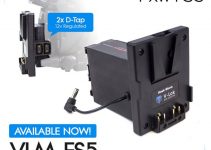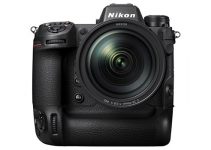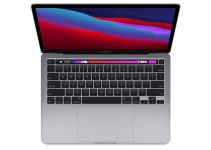After Canon announced the latest addition to its famous Cinema EOS line just a few hours ago, it’s quite reasonable to ask yourself which is the right camera for your workflow – the C200 or the C300 Mark II.
It’s certainly a legitimate question since both cameras provide many similar features and functionality, as well as both come with comparable price tags which make the choice even more difficult and intimidating.
The next video produced by ProAV TV will run us through the differences between the two counterparts while providing a few basic guidelines which camera you should eventually opt for based on your personal workflow requirements and specifications.
As opposed to the Canon C300 Mark II that shoots 10-bit 4K at 30p internally, the Canon C200 gets a 12-bit internal DCI 4K 60p Raw recording alongside and touchscreen capabilities that allow you to control your autofocus. So, it all comes to whether you need the 12-bit Raw recording, or you prefer the robust 10-bit XF-AVC codec that the Canon C300 Mark II provides.
Keep in mind that the Canon C200 is limited to a LONG GOP 8-bit 4:2:0 codec (25p/30p – 100Mbps, 50/60p – 150 Mbps) for the moment when you are not shooting Raw whereas the Canon C300 Mark II is capable of shooting 4K 30p in 10-bit XF-AVC up to 410Mbps. It’s also worth noting that the HDMI signal out of the C200 is 10-bit only at HD, but sadly it’s limited to 8-bit when it comes to 4K.
So it really comes to what type of codec you need on a daily basis. For the moment, if you have clients like broadcasters who demand 10-bit delivery or if you have projects that are typically mastered in HDR, then probably you should pick the Canon C300 Mark II.
On the other hand, if the limitations of the 8-bit MP4 codec doesn’t bother you that much, and you prefer the exceptional Dual Pixel CMOS Auto-Focus (AF) technology, smaller form factor as well as the brand new touch screen LCD monitor, then you can opt for the Canon C200. Plus, you can always swap to the 12-bit Raw recording and the brand new proprietary Cinema RAW Light codec in particular, especially if you need the superior image quality and extra color information.
Meanwhile, the Canon C200 should get the XF-AVC video format on board with a future firmware upgrade that will be free of charge and is planned to be available from Q1 2018. With this imminent upgrade, things will be a bit different, but for now, it really comes to which codec fits your workflow better.
[source: ProAV TV]
B&H Order Links:
Canon EOS C200 EF Cinema Camera
Canon Cinema EOS C300 Mark II Camcorder Body with Dual Pixel CMOS AF (EF Lens Mount)
Disclaimer: As an Amazon Associate partner and participant in B&H and Adorama Affiliate programmes, we earn a small comission from each purchase made through the affiliate links listed above at no additional cost to you.





“As opposed to the Canon C300 Mark II that shoots 10-bit 4K at 60p ” ever since when? Thought it only goes up to 29,97 in 4K? Please correct or state source! Thx
A typo, it’s corrected. Thanks!